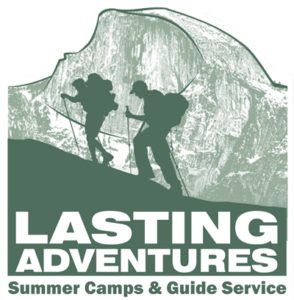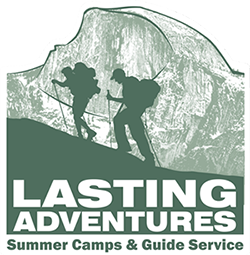By LA Guide and Gear Manager, Will Heaps
How To Psychologically Prepare for Backpacking With A Baby
Step 1: Ignore the naysayers.
“Hi mom.” I said, a bit exasperated, a lot exhausted. “At what point should we be worried that Hazel isn’t eating?”
This isn’t the conversation we wanted to be having as we passed the only spot on the trail with cell service. We didn’t want to find ourselves 12 trail miles from the nearest road on a smoky fall day in the Ansel Adams Wilderness accompanied by an unhappy (and sometimes screaming) baby. This wasn’t the adventure we had planned.
Earlier that year, in February of 2018, my life was a mess. I had spent 3 years guiding with Lasting Adventures, that’s 3 years of backcountry exploration and fun, and upon parting ways with the job, the adjustment back to normal life was hard. I worked a new job that I didn’t care for, and my life was pretty direction-less. I was living with my in-laws in a basement room, where I’d spend my mornings watching “Mile, Mile & A Half”, daydreaming of the day I could be back in the mountains of California. I kept my backpacking gear up to date because, well, that was what I was used to doing. I kept researching and dreaming until one day it hit me…
“Hey hun, can we make this the year we finally finish the John Muir Trail? I have to get back to the Sierra.”
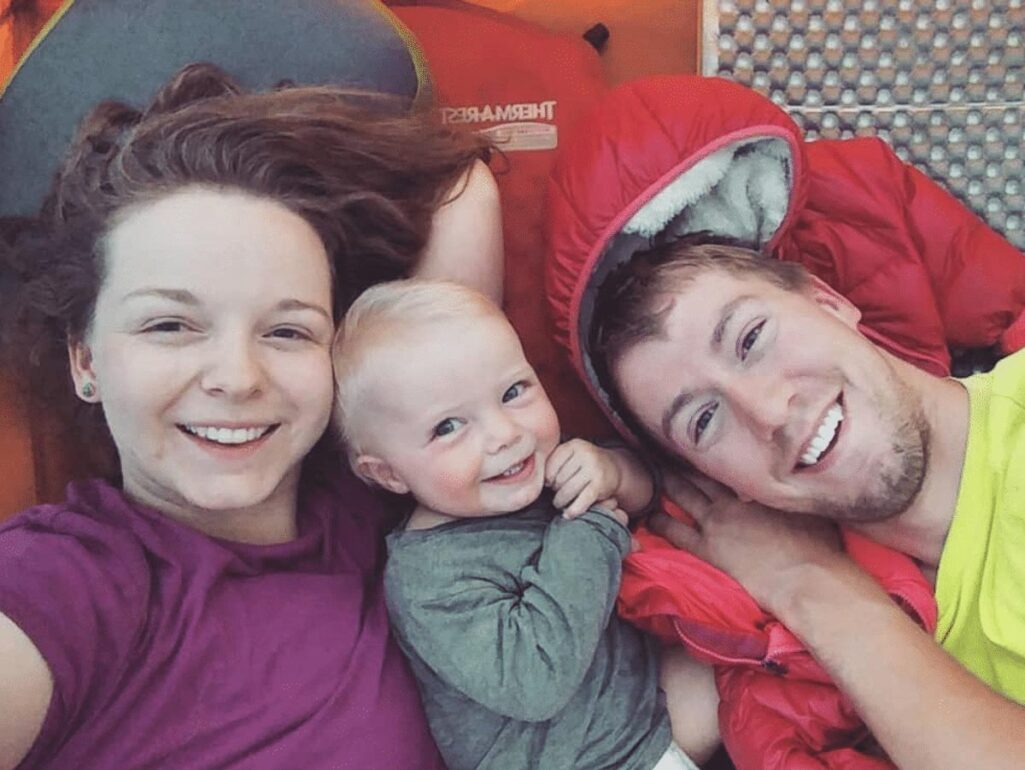
My wife looked up from her phone and let me tell you, that was all the discussion we needed to get the fire stoked. We threw ourselves into preparations. I researched cloth diapers and blogs about baby gear. My wife looked up how to dehydrate baby food and proper amounts of formula. We measured out the exact amounts (plus some extra) for each resupply bucket and determined just how much toilet paper we would need. We budgeted some of my income and purchased all the bars and freeze-dried goodies we’d need to survive out there. There was no doubt we were going to kill this thing. With the physical preparations underway, I started the physiological portion of preparing myself. I applied for my permits and then confidently told everyone on the John Muir Trail 2018 Facebook page that I was going to be completing the trail with a 10-month old child.
The blowback I received was far from what I expected.
I know some people don’t really like kids, just like some people don’t like dogs.
I expected the typical responses, you know, things like: “Babies don’t belong in the backcountry.”
Or, “They will distract other hikers.” Or, “Remember, you can’t bury diapers!”
What I got instead was a slew of people telling me that I was a bad parent, that I was putting my child’s life in danger, and that I should be ashamed.
With some seriously hurt feelings, I started to sift through the “off the cuff” responses and found a few important responses that helped us in our journey. I was so thankful in those moments that I was able to find resources to help me.

I don’t want any adventurous parents to go through the same psychological turmoil we did, so here’s some advice for backpacking with baby:
- If you want to share nature with your child and are willing to do the research to keep them safe, you are a good parent by default, not a reckless outlaw. Keep that in the forefront of your mind with every step you take. Good information leads to good choices and trying to share the wilderness with a child is not automatically a bad choice.
- Do your research. My mom is a nurse at a pediatric clinic, so I asked the doctors she works with if there is any information on how altitude affects babies. There is not a lot of research, but children tend to be fairly resilient, so the advice we got was “keep an eye on her throughout the trip”. If she started to act differently (lethargic, angry, for instance), we’d be prepared to get to lower elevations immediately. Ask these questions with everything and you’ll find there’s some good advice out there.
- Do a “Shakedown Hike”. Test your gear on a practice hike before you hit the trail for a longer trip. There is no perfect baby carrier for extended expeditions into the backcountry. I used the Osprey Poco series with two pack “brains” slung over either side, along with a day pack on my front. My daughter loved it, but the hipbelt and harness aren’t built for that weight or length, so you need to either find a way to modify it, or shed weight. It will be uncomfortable to carry your child for a long time, so be prepared to try multiple options. We had originally planned for my wife to carry the baby and I would carry everything else, but the shakedown hike (the day before our JMT permits) showed us that was not going to work, so I ended up with this arrangement instead. If I had more time and foresight, I would have found better ways to test my gear and keep myself as comfortable as possible.
- Your schedule will change. We were blessed with a daughter that slept fairly well. At home she slept through the night, passing out in the evening and waking up mid-morning. BUT, on the trail Hazel would pass out in the tent around nine or nine-thirty. We had to wait until that point because that is when it got dark and quiet. Then she would wake up around six or seven, much earlier than usual because it would get bright and warm. She would sleep in the carrier throughout the day, but had to take breaks every 2 hours to eat and run around so she wouldn’t go insane. The schedule we had built into her at home did not apply any longer. We learned to roll with it and have found this to be a pretty accurate schedule for our second child now too.
- Remember the basics. As you prepare to backpack, just remember all the basic rules still apply to a baby. Hike high, sleep low. Carry in, carry out. The buddy system. Everything you would need to follow for a normal beginner backpacking trip, you will need to enforce those rules with your kids because they don’t (or can’t) do that for themselves.
- Adjust your expectations. Don’t be afraid to adjust the itinerary or cancel the trip and do something else. When my body started breaking down on day four, I was thankful for a thoughtful wife who told me she wanted to be done at that point. It gave me the freedom to admit how much I was hurting. I should have planned on taking more breaks and shorter distances. I should have spent more time preparing my body for the strain I would put on it. I should have done a lot more to tackle such a big adventure, but when it wasn’t going to work, we adjusted. We got a ride to the car at the end of the trail, ate dinner with some fellow hikers from that day, slept at the hot springs, and then my wife and baby dropped me back at the trailhead to finish the trail on my own.
In the end, the trip did NOT go according to plan, and that’s okay.
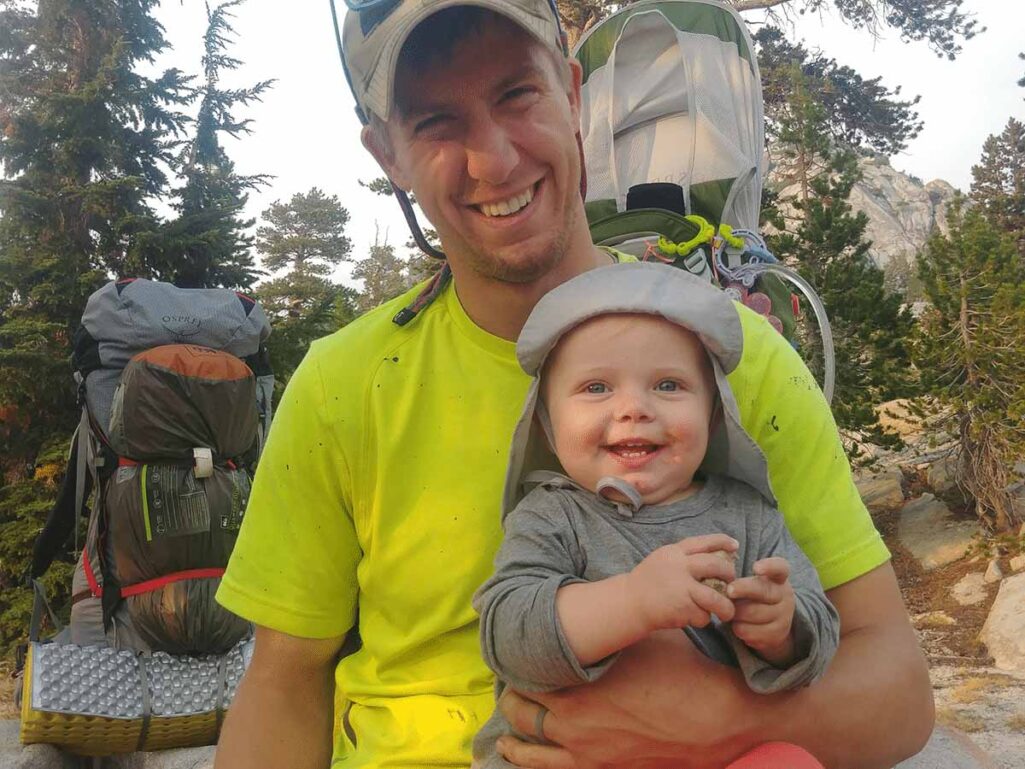
We had 4 amazing days out on the trail that we’ll always remember. My daughter, Hazel, played for an hour on Donahue Pass, which sits at 11,056 feet above sea level. She was happy as could be, energetic, and full of life. Every night she would play around on all the soft stuff in the tent until she passed out and would only need to wake us up once for a bottle. She played in the water with us at Lyell Creek, Rush Creek, Thousand Island Lake, Gladys Lake, and finally at Devil’s Postpile. Hazel was the star of the trip, breaking down only once while we hiked up from Shadow Lake. (Who doesn’t? That’s a hard hill!) As we went, we made adjustments to our packs, our schedules, and our expectations.
What many people told us would be a major case of child endangerment, turned out to be the best family vacation we had ever had.
It’s always a good idea to be cautious and research thoroughly, but take some leaps of faith and go on an adventure!
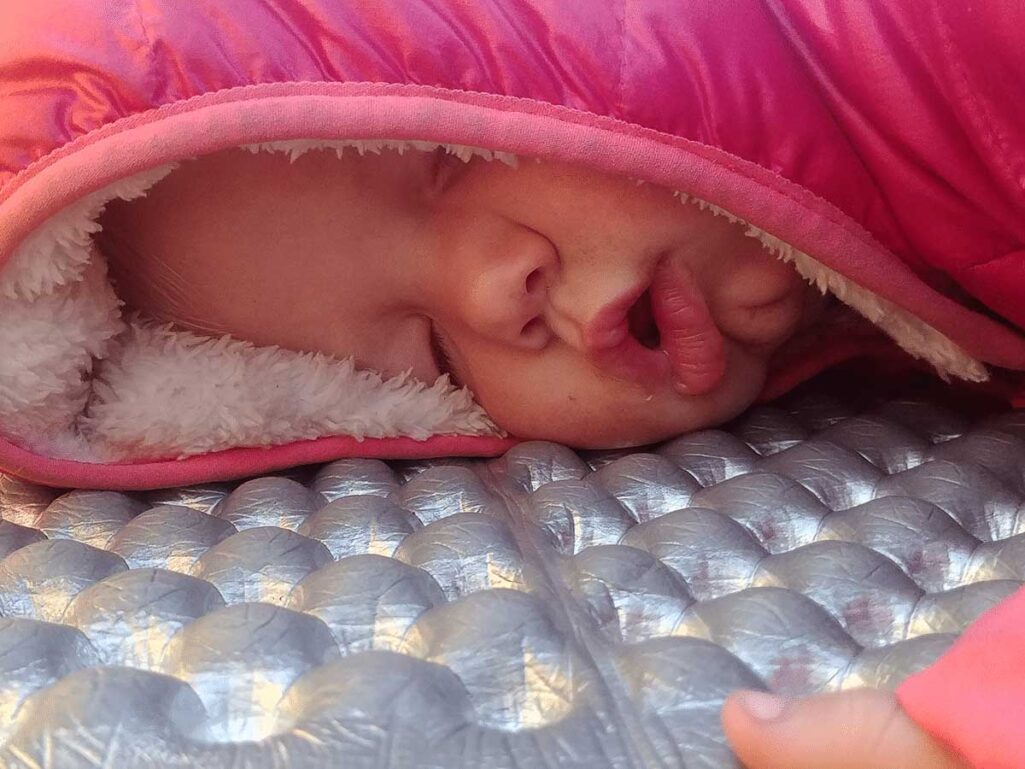
Look out for Part 2 coming soon, where we’ll cover the specific gear and accommodations that helped make our trip with little Hazel so wonderful.
MORE
Backpacking Summer Camp: Our Young Adventurers 6-Day Adventure for Youth Ages 11-13
Book a Private, Guided, Family Backpacking Tour with Lasting Adventures!
